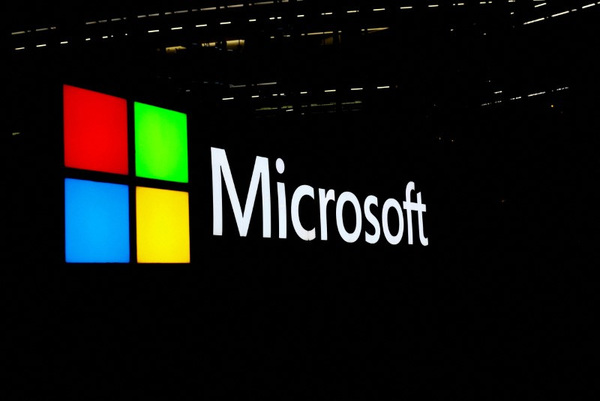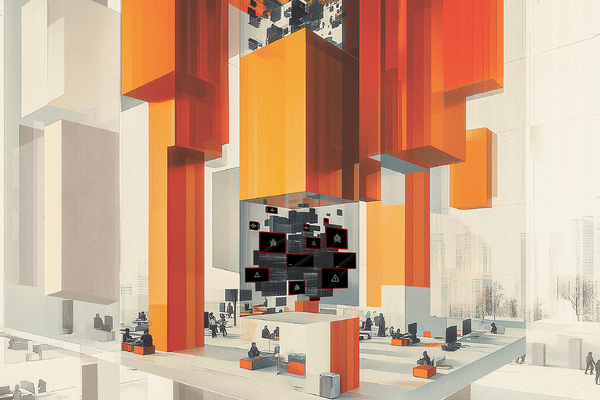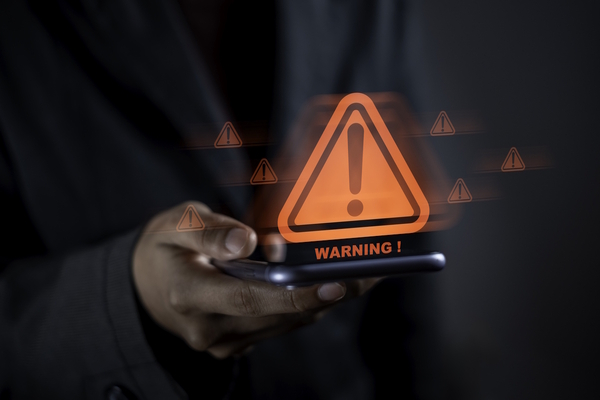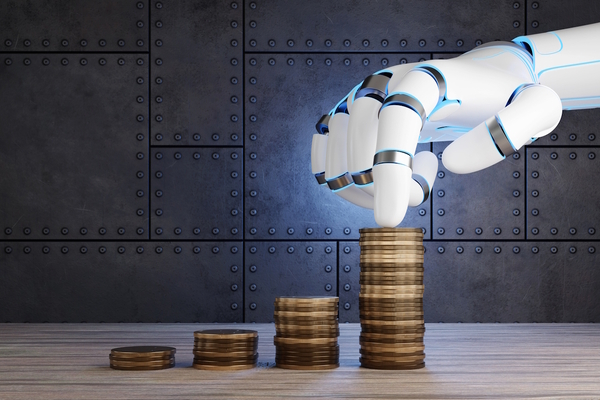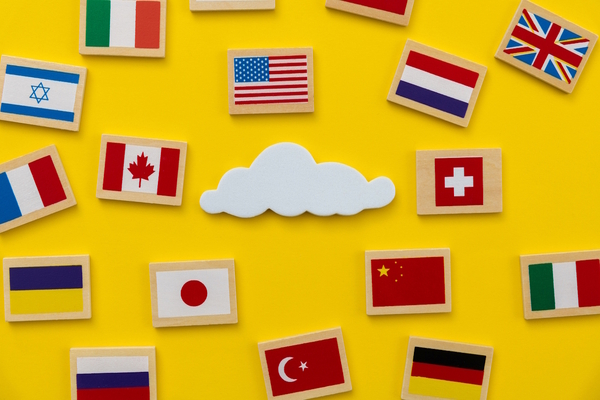Augment human ingenuity with AI to scale creativity
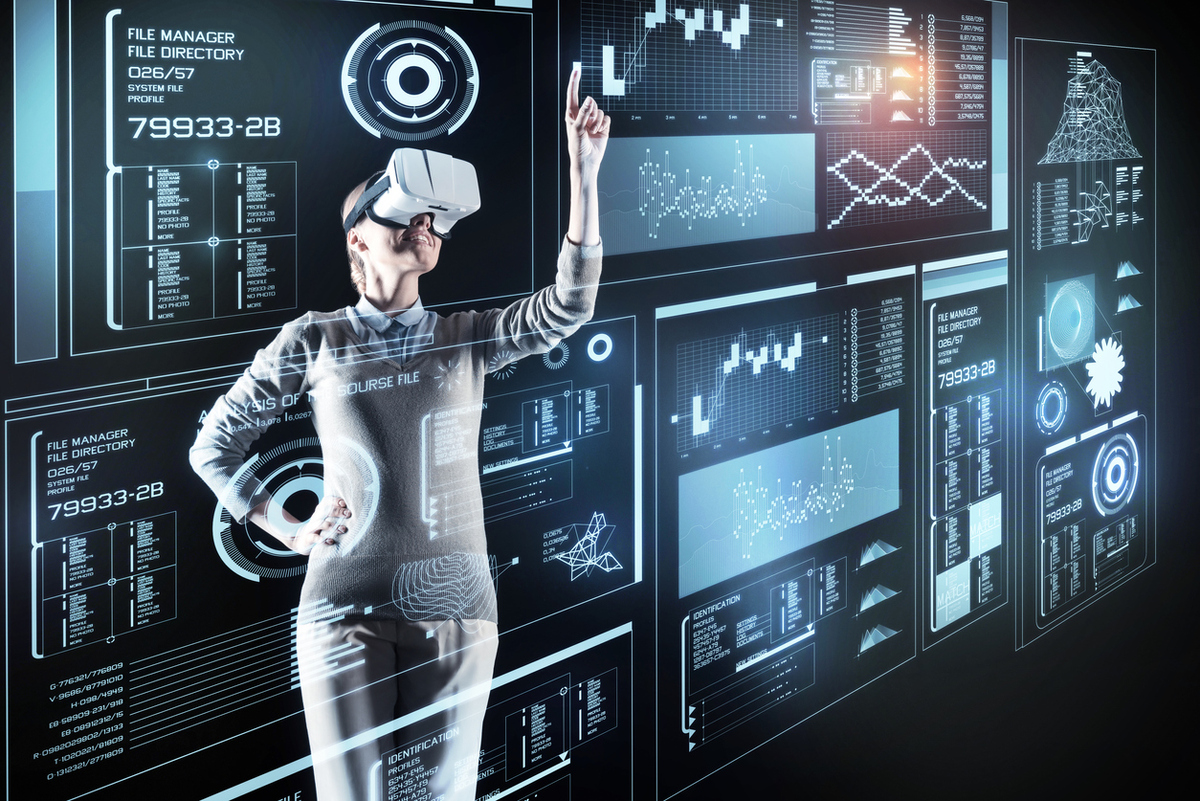
Technology plays a significant role in helping firms unleash creative innovation. Artificial intelligence is a perfect example. It can help humans be more creative, and represents a great opportunity for enterprises to scale more creativity throughout their organisation.
AI Is maturing fast and is getting better at increasing human creativity
Over the past decade, AI has matured considerably and its adoption has increased tremendously. And even cooler AI technologies – based on unsupervised deep learning, reinforcement learning, generative adversarial networks (GANs) and huge free domain-specific open-source data pools, to mention some – will soon move out from research labs to become more widely available.
While AI will surely spur the development of even more new creative business applications, it will also help humans find more time for being creative in their daily work. But AI also some of its own creative capabilities to offer. Research has uncovered many examples of how mature organisations use AI to push creativity and to help scale it throughout an organisation, with huge benefits for customers and employees.
How AI augments creativity
AI as a technology, tool and approach can empower unconventional thinking, drive a co-operative mindset and team collaboration, and elevate experimentation. We found that AI:
- Stimulates out-of-the-box thinking. With AI, you are offered unprecedented insights that give you more ammunition for critical decisions and discussions. Also, when working with smart and creative AI systems, you’ll inherit some of that unexploited creativity. For example, this is what happened to Go world champion Lee Sedol when playing against AlphaGo.
- Augments team collaboration. It’s a behaviour that companies experience naturally while building AI-infused solutions. The approach forces them to collaborate more, across a multitude of roles, teams and even beyond the organisation itself.
- Gives employees more creative time. This is the most obvious benefit: allow your employees’ repetitive, boring and perhaps even more dangerous tasks to be dealt with by AI bots or robots, and suddenly employees and managers will have more time to think creatively.
- Acts as a catalyst to develop more creative processes. Creativity is not about finding killer applications or stellar innovations. But getting normal, day-to-day tasks done in a different and more creative way yields great outcomes. I’ve seen this in the software testing world, where testing bots are enhancing the processes and practices of mobile and web application testing teams.
- Creates opportunities for new business models and services. AI-infused drones that can understand what they see, sophisticated prediction models that can help people avoid getting hurt in natural disasters, and in some cases even important inventions (okay, yes, creativity can do that) can form the basis for new services and business models.
Three things you can do now
Everybody can be creative, but it’s the tech executives’ specific responsibility to fully unleash creativity and scale it across their organisation. Three steps to take initially include:
- Democratise AI to augment your employees’ creativity. Encourage more, widespread use of AI-based tools that offer new capabilities to the workforce.
- Add machine creativity to teams. Couple human creativity in teams, with AI for both augmenting humans’ creativity and problem-solving skills through AI tools and technologies but also adding creative AI bots or AI-infused digital twins.
- Stop measuring efficiency – focus on effectiveness instead. Effectiveness is an outcome-based metric that shifts the focus from internal efficiencies (such as cost reduction) over to the business impact that technology can help create things such as better customer experience or revenue growth. Such a shift in the reward mechanisms will help you drive and infuse more creativity in your organisation.
Can humans build creative AI?
During my research, I have explored the idea that AI can be creative by itself, and that it is increasing its own creativity. AI systems are submitting and getting their patents approved. GANs are doing amazing things with face recognition and synthetic data creation, and AI is creatively debunking often 50-year-old challenges. Although not as creative as humans or creative in the same way, AI is finally becoming creative.
By Diego Lo Giudice, VP principal analyst, Forrester

Business Reporter Team
Most Viewed
Winston House, 3rd Floor, Units 306-309, 2-4 Dollis Park, London, N3 1HF
23-29 Hendon Lane, London, N3 1RT
020 8349 4363
© 2025, Lyonsdown Limited. Business Reporter® is a registered trademark of Lyonsdown Ltd. VAT registration number: 830519543
